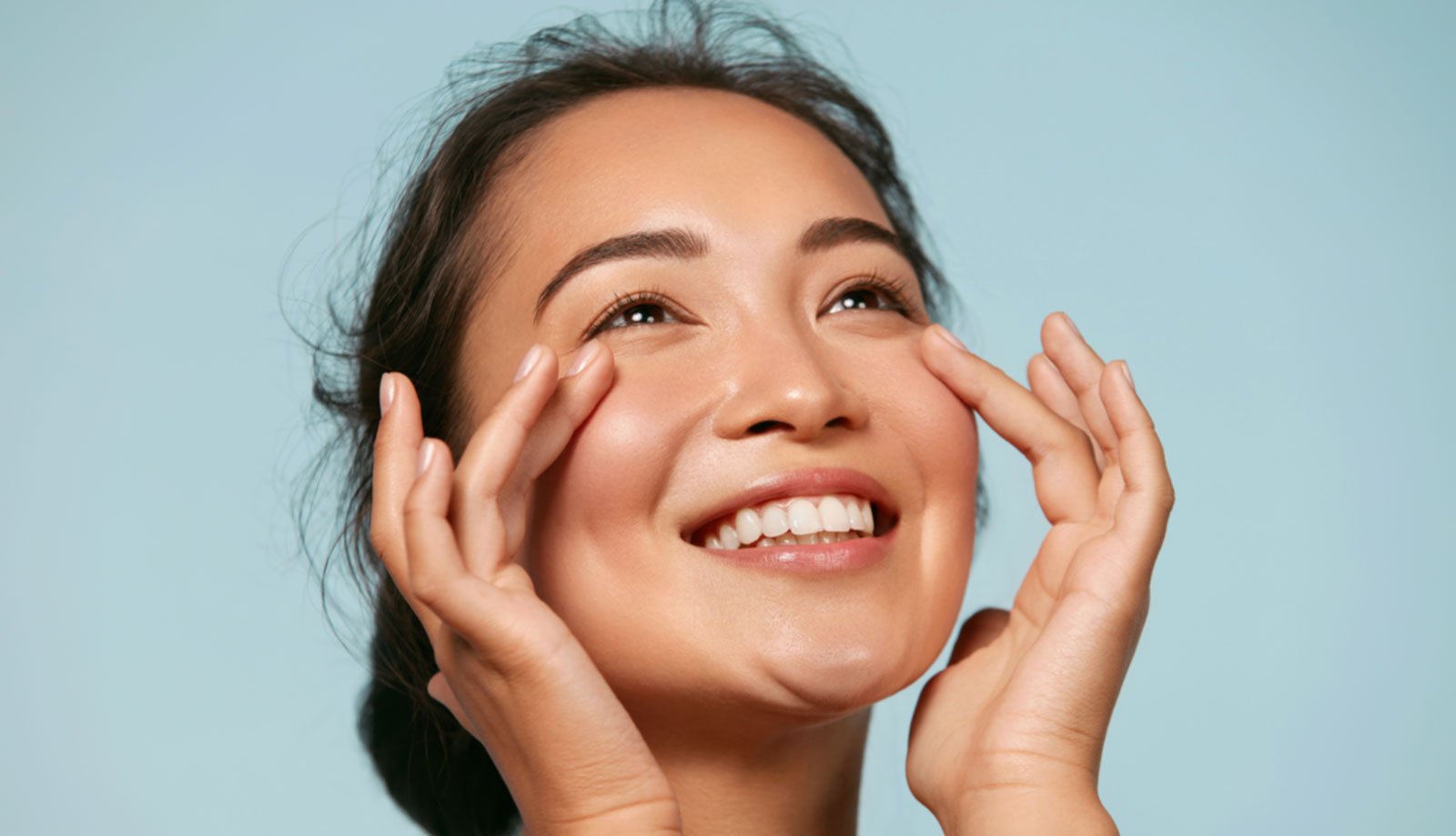
Rosacea is a chronic disorder involving inflammation of the cheeks, nose, chin, forehead, or eyelids. It may cause redness, prominent blood vessels, swelling, or skin eruptions similar to acne. The cause of rosacea is unknown, and there is no known cure. There are four types of rosacea, but all involve enlargement of the blood vessels just under the skin.
This condition occurs most often in fair skinned people, particularly those who blush easily. Women are more commonly affected, but men are usually more severely affected. Symptoms usually begin between ages 30 to 50.
Rosacea triggers and flare-ups often occur in cycles. This means most people will experience symptoms for weeks or months, the symptoms will disappear, and then return. However, certain habits, like eating spicy foods, eating foods that contain cinnamaldehyde (cinnamon, tomatoes, citrus), and consuming hot drinks, like tea and coffee, can worsen rosacea symptoms. These symptoms include:
The most common rosacea complications involve the buildup of tissue, especially around the nose. Known as rhinophyma, this happens when oil glands become enlarged over time. This condition is commonly treated with antibiotics, but surgery is the best option for long-term treatment. Researchers estimate that between 3 and 10% of people with rhinophyma have occult basal cell carcinoma, a type of cancer, so it is important to see a doctor if you notice thickening skin on the nose and cheeks.
If a person suspects they have rosacea, seeing a doctor can help mitigate and alleviate symptoms. While the condition is not dangerous, it can be extremely uncomfortable, both physically and socially. A doctor can assess a patient’s skin and symptoms to determine the best possible treatment.
There is no known cure for this skin condition, meaning treatment often prioritizes minimizing symptoms. Avoiding direct sunlight and drinking alcohol can help mitigate symptoms, but only a doctor can work with you to develop a treatment plan. This plan will typically involve rosacea medication, like antibiotic creams and oral antibiotics. In some cases, microdermabrasion treatments may reduce skin thickening, and lasers and light treatments can reduce visible veins and redness. Patients with rhinophyma may consider surgical treatments, including cryosurgery, sharp excision, and/or laser resurfacing.
Don’t let rosacea symptoms dictate your life. If you live in the St. Louis area, a consultation with one of our dermatologists can determine which treatment will best support your lifestyle. Talk to your doctor to discover your options.
Contact us to schedule an appointment.
*Results may vary per patient.